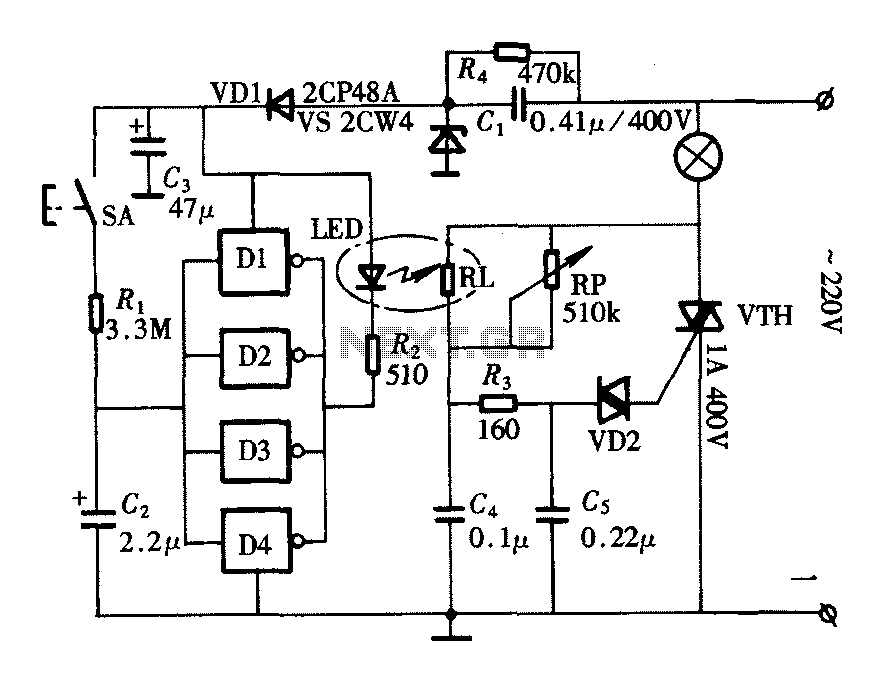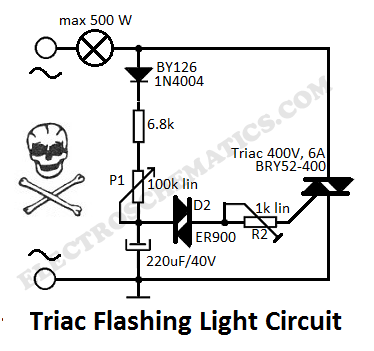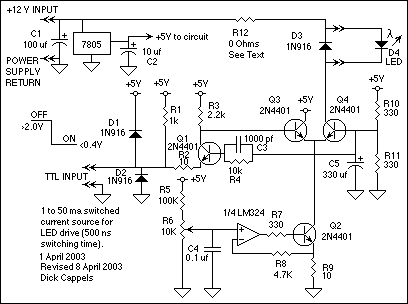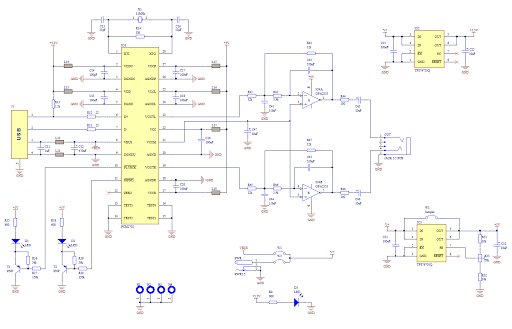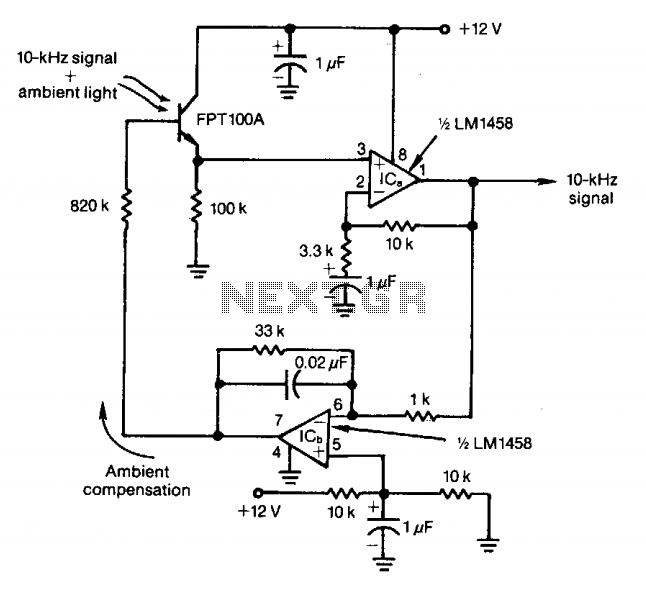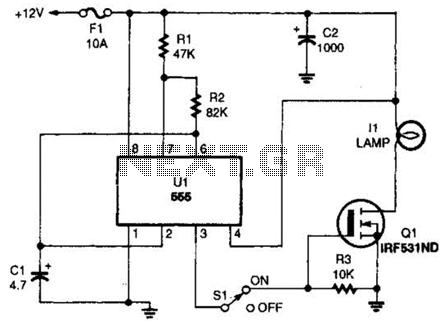
Solar LED light schematic

The circuit involves integrating a 1W white LED with a mobile phone battery to create a compact illumination device. The LED is connected to a radiating plate that dissipates heat and enhances light distribution. The positive and negative leads from the LED are routed through the lampshade, which is constructed from a translucent plastic bottle, allowing the light to diffuse effectively.
To ensure the LED operates efficiently under varying environmental conditions, a solar panel is incorporated for charging. Given the panel's low output voltage, a booster circuit is necessary to step up the voltage to an appropriate level for charging the battery. The booster circuit is based on an old oscillator design, which has been repurposed without modifications, making it a cost-effective solution. The bridge rectifier converts the AC output from the solar panel or external power source into DC, suitable for charging the battery.
For optimal performance, the LED is rated for a maximum current of 350mA, and the circuit is designed to limit the current to this threshold to prevent overheating or damage. In scenarios where three AA nickel-cadmium batteries are employed, the resistor value must be adjusted to ensure safe charging conditions.
This design allows for versatility, as the lamp can function both during the day, using solar energy, and at night or during inclement weather, using AC power. The entire assembly is compact, making it suitable for various applications, including portable lighting and emergency use. The thoughtful integration of components ensures the system remains functional and efficient, providing a reliable lighting solution. Buy a 1W white LED, using a mobile phone battery a try, really bright, you can create a small lamp. With a glass-like milky white plastic bottle made lampshade. From the LED he
at radiating plate (comes) leads behind the positive and negative two lines through the shade, after the introduction of the elbow holder. The shape of the lamp came out. For convenient charging using solar panels, but the voltage is too low, can only charge a battery, therefore, increase the booster plate.
In order to use in rainy days, an increase of AC charging, and the LED lights up in case of AC power, this LED terminal voltage is 3 + 2V, the rated current of 350mA, the experiment, the voltage reaches 4.8V can still work, the key limit is about 350mA. Booster plate is trimmed down from 6V emergency lights old oscillator circuit board, without any modifications (see the dotted line box), and then provide the charging current through the bridge rectifier.
I believe that mosquito racket, electronic ignition, credits and other test oscillation circuit, a small modification, can also be used as an alternative booster plate. Three AA batteries 1800m Ah Ni-MH battery, summer without direct sunlight the solar panel, you can charge a bright place in the saddle.
4. 3V AC charging to provide a charging voltage, the charging current of about 350mA. If you use three AA nickel-cadmium batteries, the current limiting resistor Ri should be changed to 8 ~ iori, in order to reduce the charging current to prevent damage to the battery.
